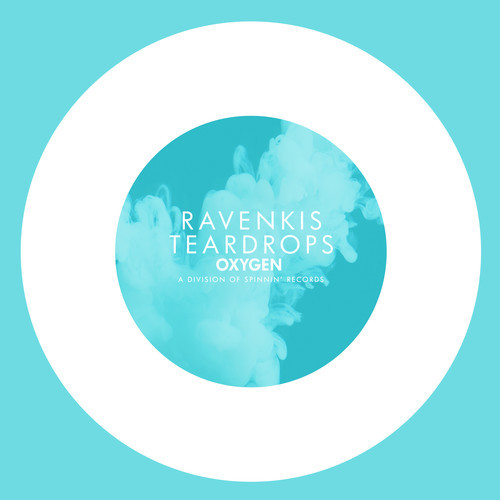-
 play_arrow
play_arrow
Fresh 106 Fresh 106
-
 play_arrow
play_arrow
London Calling Podcast Yana Bolder
Source: Rawpixel / Getty
On July 2, the Center for Disease Control and Prevention (CDC) reported an uptick of COVID-19 cases in 39 states.
Two new strains are responsible for the summer surge. LB.1, accounting for 17.5% of cases and the FLiRT strains – made up of three subvariants of Omicron, KP.1.1, KP.2, and KP.3 – accounting for more than 60% of new cases. Hawaii, California, Arizona, and Nevada currently have the highest concentration of these newly reported infections. It is currently unclear where the strains emerged from. Cases have been reported in several other countries, including Canada and the United Kingdom.
Experts are not alarmed by the latest variations as viruses often mutate. Yale Medicine infectious diseases specialist Scott Roberts, MD, says mutations are confirmation that the SARS-CoV-2 virus remains a bit of a wild card. It is always difficult to predict what it will do next.
However, Dr. Roberts questions whether the newly mutated virus will continue to evolve before the winter, when infections and hospitalizations usually rise. Also, if a new fall COVID vaccine will target them.
Since COVID-19 first entered the scene in December 2019, the full complexities of the virus have remained a mystery. The World Health Organization quickly deemed it a global pandemic due to its virality and acuteness. Though many facts still elude us, experts have determined that people who had severe illness with COVID-19 might experience organ damage affecting the heart, kidneys, skin and brain.
Mutations may also make it easier for the virus to evade people’s immunity. It is not clear how they will weather against defenses built from the vaccine or a previous bout of covid. For this reason it may be more transmissible. However, there is no evidence on if the new strains are more extreme than previous or how symptoms might change. The CDC says severity varies person by person. The particular variant, the strength of one’s immune system, and overall health all play a part in how the body responds to contracting the virus.
The government agency outlines the basic symptoms of COVID-19 on its website. These symptoms can appear between two to 14 days after exposure to the virus and can range from mild to severe.
What are the current COVID symptoms?
Cough
Fatigue
Fever or chills
Shortness of breath or difficulty breathing
Sore throat
Headache
Congestion or runny nose
Muscle or body aches
New loss of taste or smell
Diarrhea
Nausea or vomiting
Trouble breathing
New confusion
If you have any of the following symptoms, these are emergency warning signs for COVID-19 and the CDC advises you to immediately seek emergency medical attention by calling 911 or calling ahead to your local emergency facility:
Pale, gray or blue-colored skin, nail beds or lips, depending on skin tone
Persistent pain or pressure in the chest
Inability to stay awake
Before getting treated, be sure to notify the phone operator that you are seeking care for someone who has or may have COVID-19. Other preventive efforts can help. You can avoid getting too close to people who are sick, mask strategically, wash hands properly, improve ventilation, and stay aware of COVID transmission levels where you live and work. Additional strategies are available on the CDC website.
The post What To Know About the COVID-19 Summer Surge appeared first on Black America Web.
, Two new strains are responsible for the summer surge.
The post What To Know About the COVID-19 Summer Surge appeared first on Black America Web., , Read More, News, The Willie Moore Jr Show, News Archives – Black America Web, [#item_full_content].
Featured post

Latest posts

Trey Songz Ordered to Pay $11M to Cop in Battery Case

Bishop T.D. Jakes Files Defamation Lawsuit Against Fellow Pastor Duane Youngblood

‘Demure’ Named 2024 Word Of The Year

Wendy Williams Allegedly ‘Permanently Incapacitated’ From Dementia Diagnosis, Per Court Docs

Drake Accuses UMG & Spotify Of Inflating Success Of ‘Not Like Us’ With Bots, Immediately Gets Flamed On Social Media
Current show

Kenny J
For every Show page the timetable is auomatically generated from the schedule, and you can set automatic carousels of Podcasts, Articles and Charts by simply choosing a category. Curabitur id lacus felis. Sed justo mauris, auctor eget tellus nec, pellentesque varius mauris. Sed eu congue nulla, et tincidunt justo. Aliquam semper faucibus odio id varius. Suspendisse varius laoreet sodales.
closeUpcoming shows
Chart
Copyright 2024 Fresh 106 All Rights Reserved











 Invalid license, for more info click here
Invalid license, for more info click here